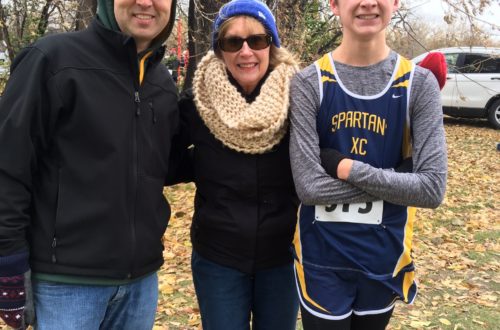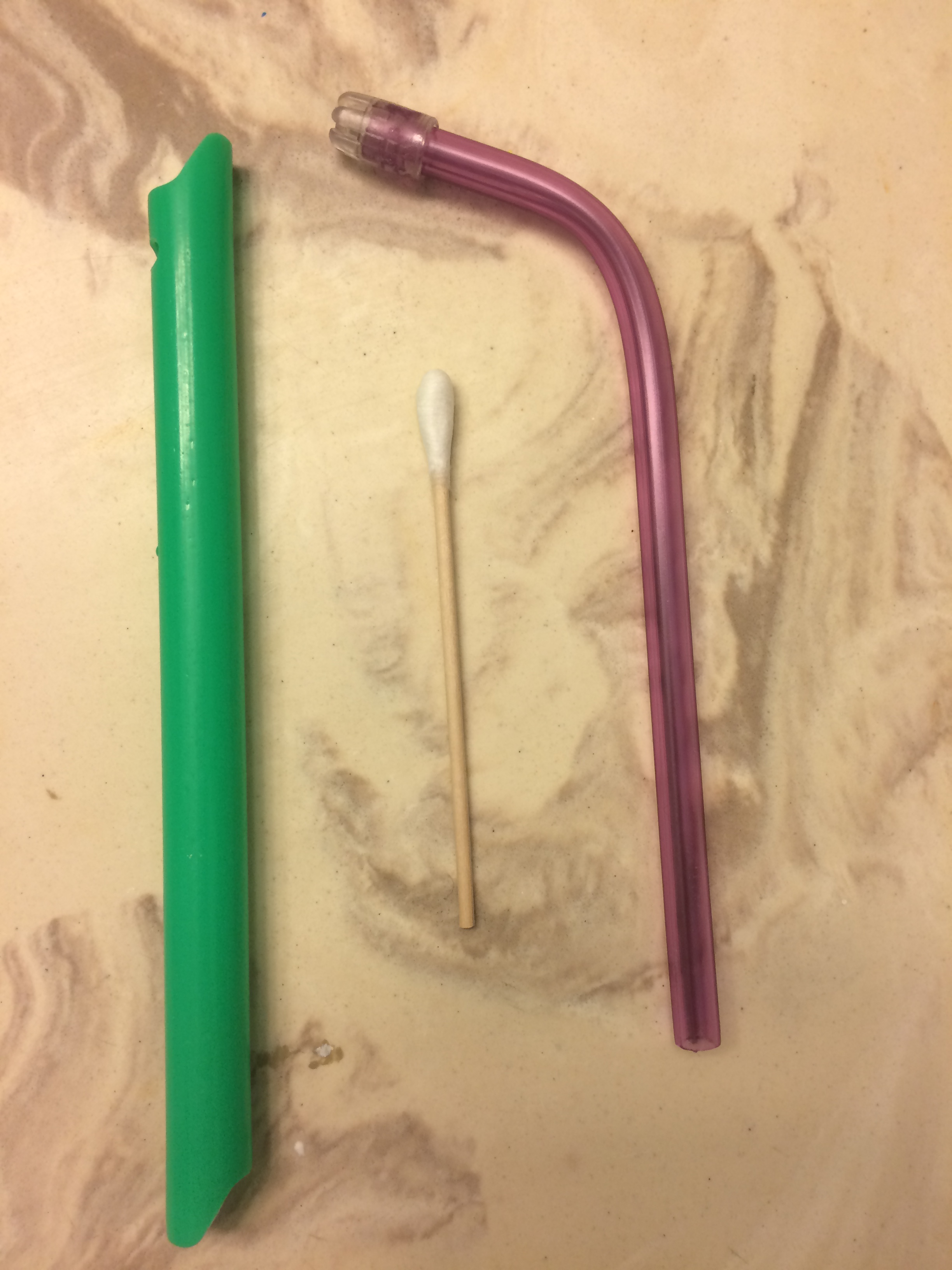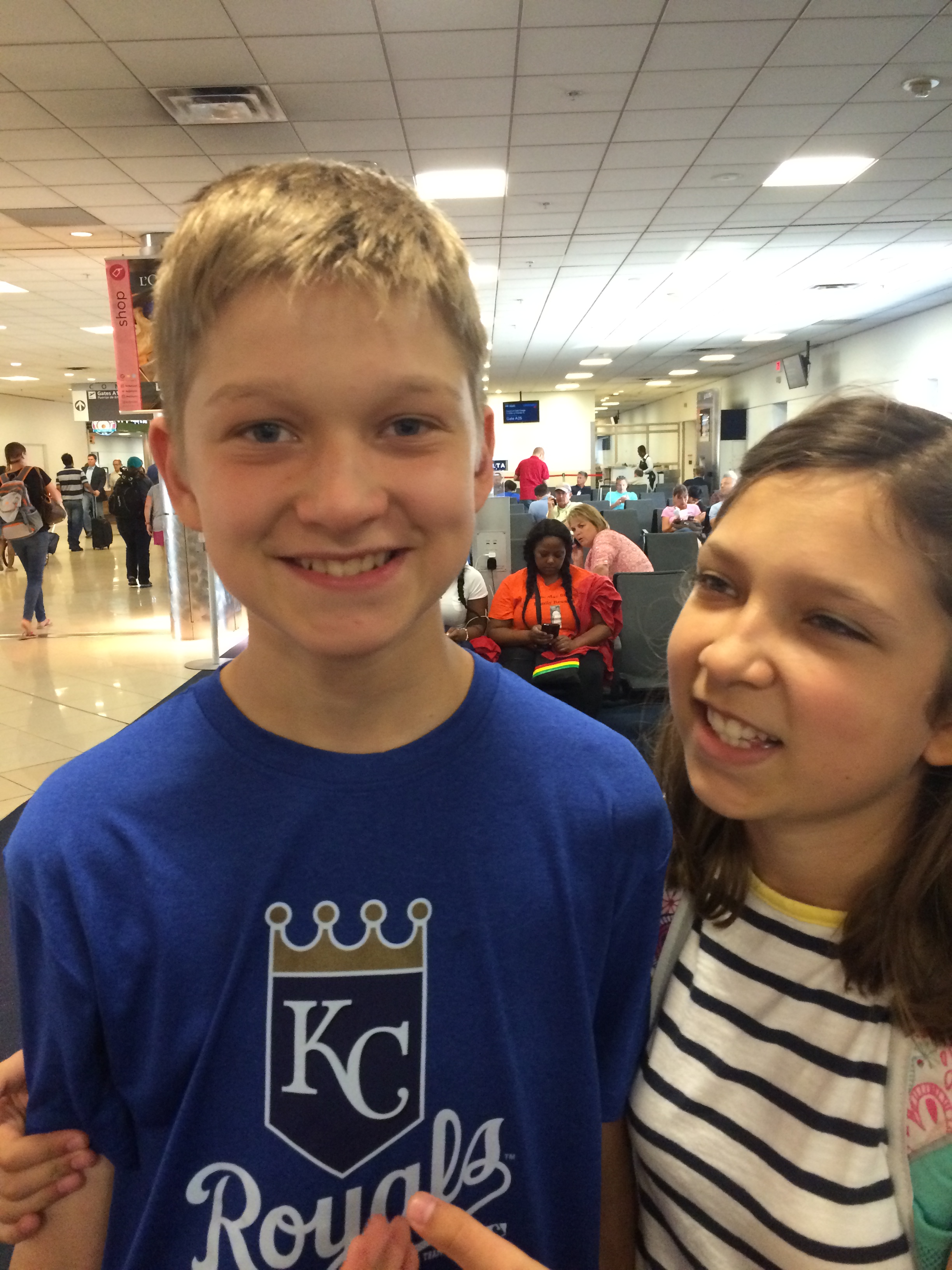
Making Peace with the Body You’ve Got

Maybe it’s my autism parenting experience, maybe it’s my own personal journey, maybe it’s my years of people watching, but I am thoroughly convinced that every single person, regardless of age or gender, has a continuous personal battle to make peace with they body they’ve got.
I am 100% confident if I asked everyone I knew the question, “If you could change one thing about your body, what would it be?” every single person would be able to come up with an answer. Height, weight, hair colour, eye colour, physical features like noses and ears and toes and fingers, that sagging mommy pouch you tuck into your pants–I know every person asked would be able to come up with something they’d like to change about their physical appearance. I know that they’d come up with an answer fairly quickly too. I think we spend a lot of time thinking or wishing something about our body was “better.”
“Better” can also spill into the things we wish our body could do–“better” could mean stronger, faster, flexible, coordinated, graceful. “Better” could mean being able to say and express everything you want to say in the most eloquent way possible, “better” could mean better brain efficiency. I think sometimes we see all ways the human body can be beautiful, or all of the mind blowing ways the human body can perform and that knowledge helps feed our struggle to make peace with our bodies.
And then, there’s autism. Autism is the state of constant discord between a person’s mind and body. I’ve watched J struggle with extremely painful everyday sounds around him (dogs barking, a person coughing, choir warm ups, printers turning on…). I’ve watched J struggle with painful experiences with his vision–fluorescent lights flickering, the myriad tv screens at Target playing the same thing (or different things) at the same time. I’ve watched J struggle with his body–how to walk, how to pick up cheerios with his index finger and thumb, how to drink out of a straw, how to ride a bike. Autistic kids struggle to make peace with their body in totally different ways.
That’s why I’ve decided that it is a truth universally acknowledged, that every single person–disabilities or not–on this planet will have to make peace with the body they’ve got.
I know I’ve mentioned this from time to time, but one of the biggest challenges J has right now is with his visual processing–especially when it comes down to academics. This year J has struggled with plotting points on a graph, seeing points on a graph, seeing translations, rotations, and reflections on a graph. He has a hard time seeing music notes on a staff. There’s a lot of visual struggles going on. So at the end of the school year, Steve and I took J in to be assessed by a neuro-developmental optometrist. And guess what? J showed a lot of deficits in visual processing. J has a hard time controlling the physical muscles around his eyes which causes problems for reading and tracking objects. J also has a lot of retained primitive reflexes (reflexes we have as babies that we grow out of) that cause a lot of communication breakdown in the brain because the brain has extra connections (wiring) to navigate through.
The solution? Lots of eye exercises to strengthen and train the muscles in his eye so his vision doesn’t get “lost on the page.” Lots of Occupational Therapy (OT) exercises to help break those primitive reflexes that get in the way of his processing.
For the record, I’m really skeptical about trying new therapies. There’s a lot of snake oil salesmen out there in the autism therapy world. Autism therapies outside of school district services (like speech therapy and occupational therapy) are almost never fully covered by insurance, so they’re SUPER expensive. There’s never enough science to back up a lot of the therapies because the sample sizes are too small, or the therapies haven’t been around long enough, or there are too many co-morbid conditions happening with autistic kids to have a truly controlled replicated study of these therapies. There’s just too many moving parts to ensure a silver bullet approach to autism therapy.
But after reading up on visual processing and primitive reflexes, we’re cautiously optimistic about this therapy and have decided that it’s worth a shot. To me the thinking behind the therapy makes sense–help J make peace with his body by teaching J’s brain to communicate with his body in the ways it was built to communicate with itself. I’ve already seen how movement and exercise have already improved J’s quality of life.
At the beginning of this autism journey, I was looking for the therapies that would provide the cure. That no matter what therapy your child undergoes there is no “miracle” that will cure all the autism ailments. I’m old enough and been through this autism journey long enough to realize that there is no magic answer to autism. But I do believe in the drops in the bucket. I do believe that every little skill–no matter how small or painstaking it is–makes a difference over time. I would love this therapy to fix all his problems, but at the same time I know that J may never be able to read a graph or music notes or be an efficient reader after this therapy, but if we can get his brain and body to be better friends, if his eyes work better to just enjoy the simple pleasure in life like watching a bird or a shooting start cross the sky, then we’ll call it a win. After all, at this stage in the game, we’re not trying to cure autism. We’re trying to help him enjoy (or at least be a little less frustrated) about the human experience.
I think that hope for a better relationship with our body is pretty universal–it is why the elderly go to speech therapy after a stroke, or take physical therapy to help ease the pain in their knees or hips when their near the end of their life. The therapy won’t fix their problems but it will help them increase their quality of life. It’s why we invest thousands of dollars straitening our teeth trying to achieve that perfect smile or improve our bite even though we know as we age our teeth will shift and that momentary perfection will be gone. Our bodies will never achieve a perfect ideal. But we still make those efforts anyway.
Which is why we still keep making those efforts with J.




